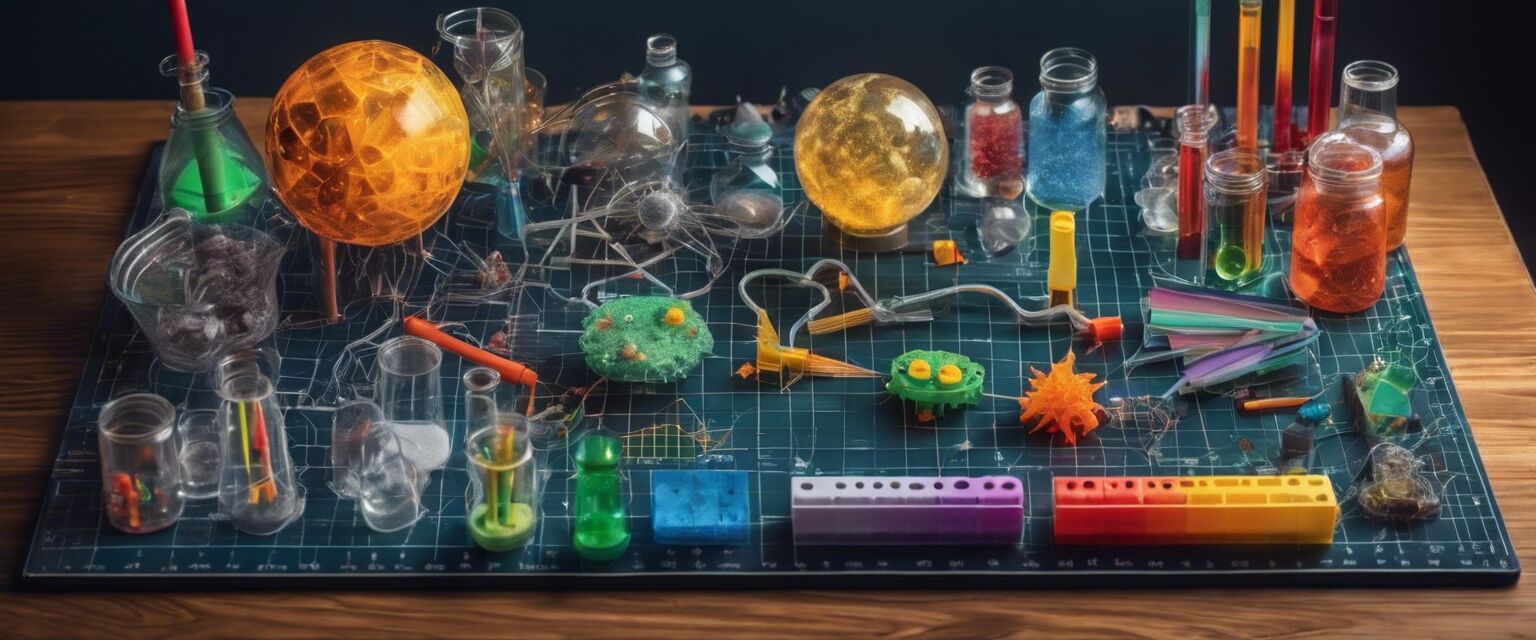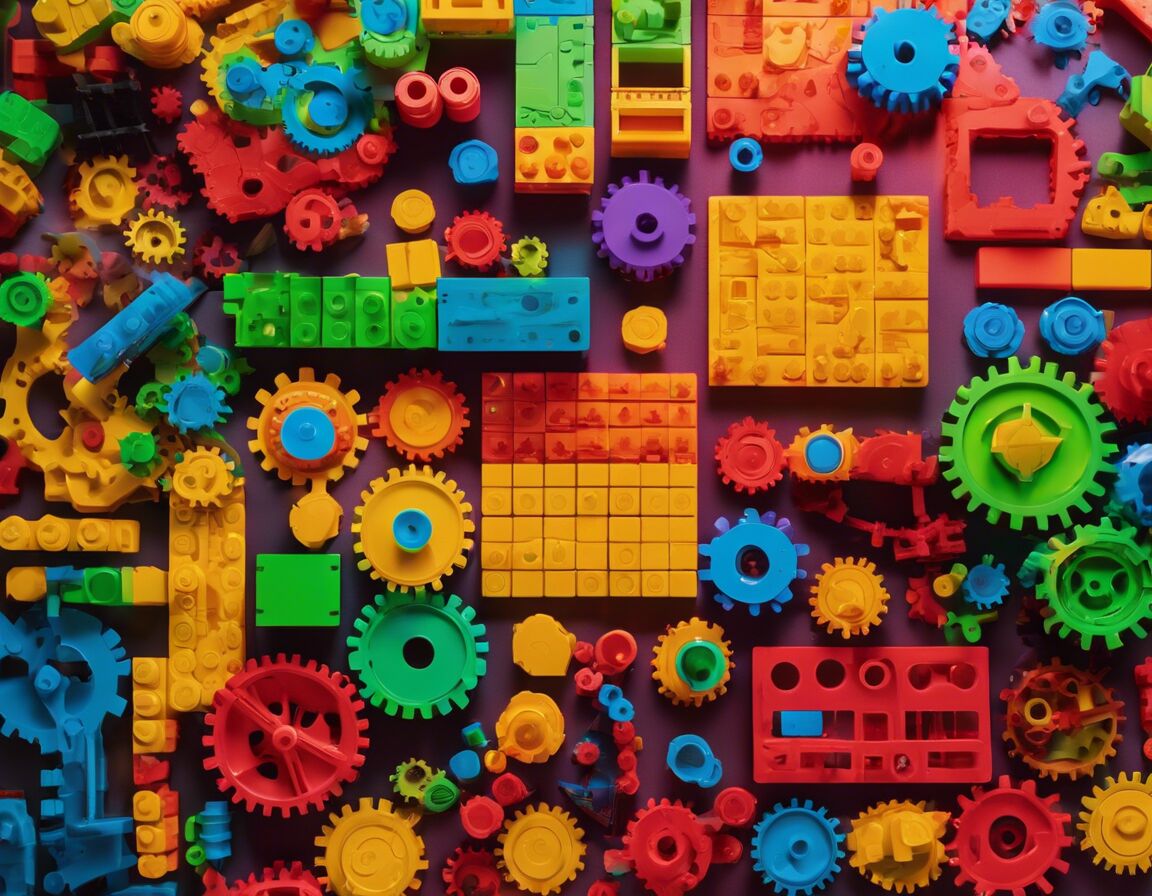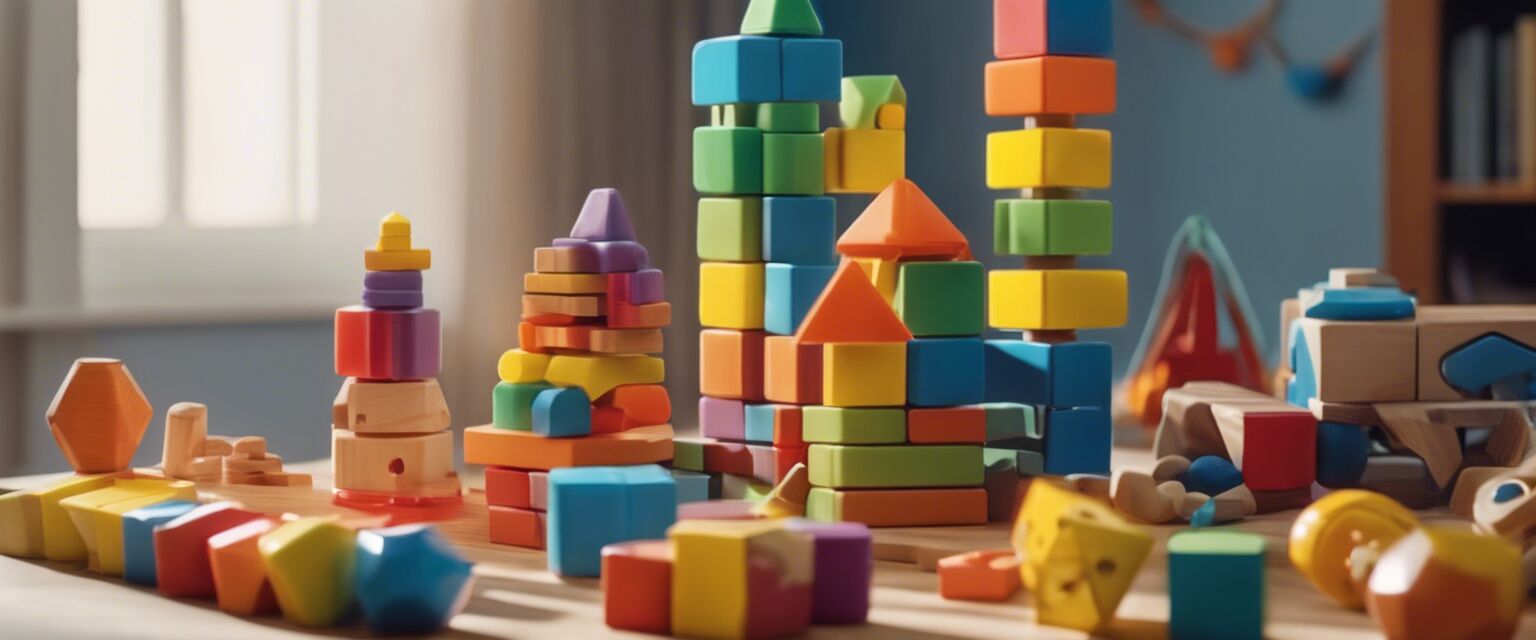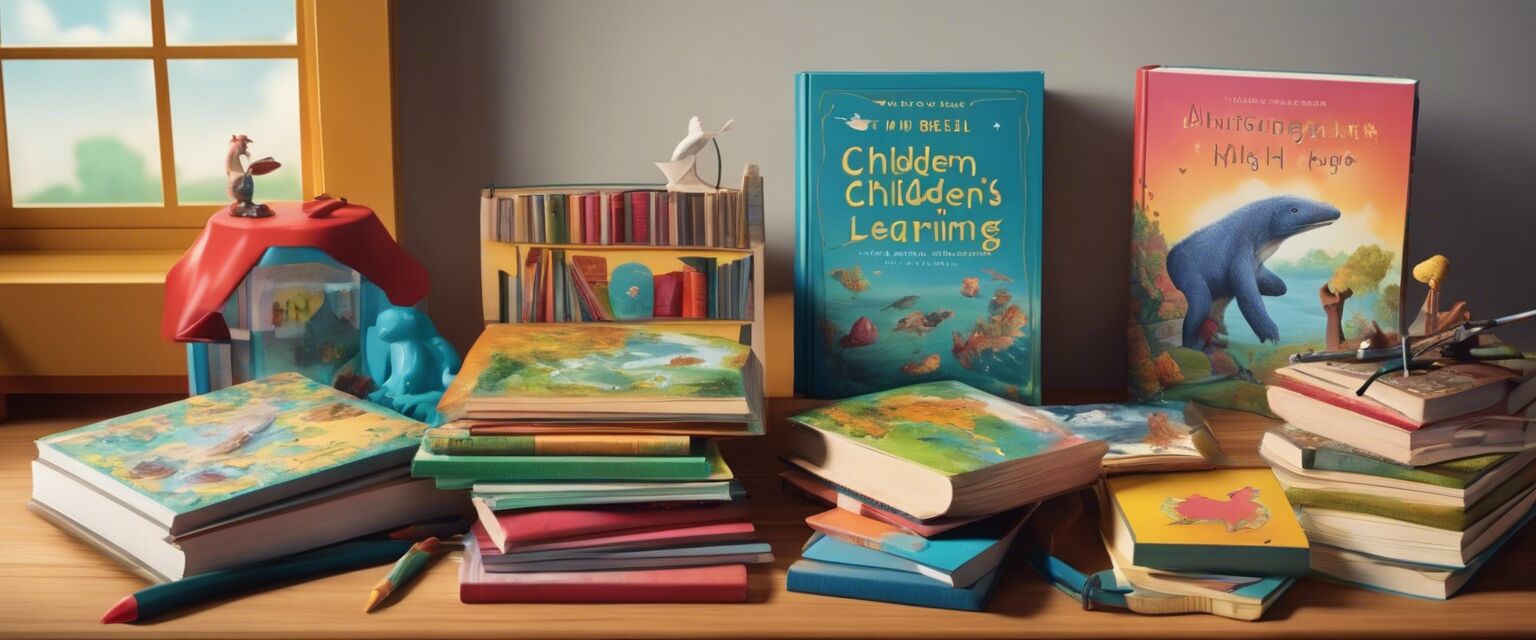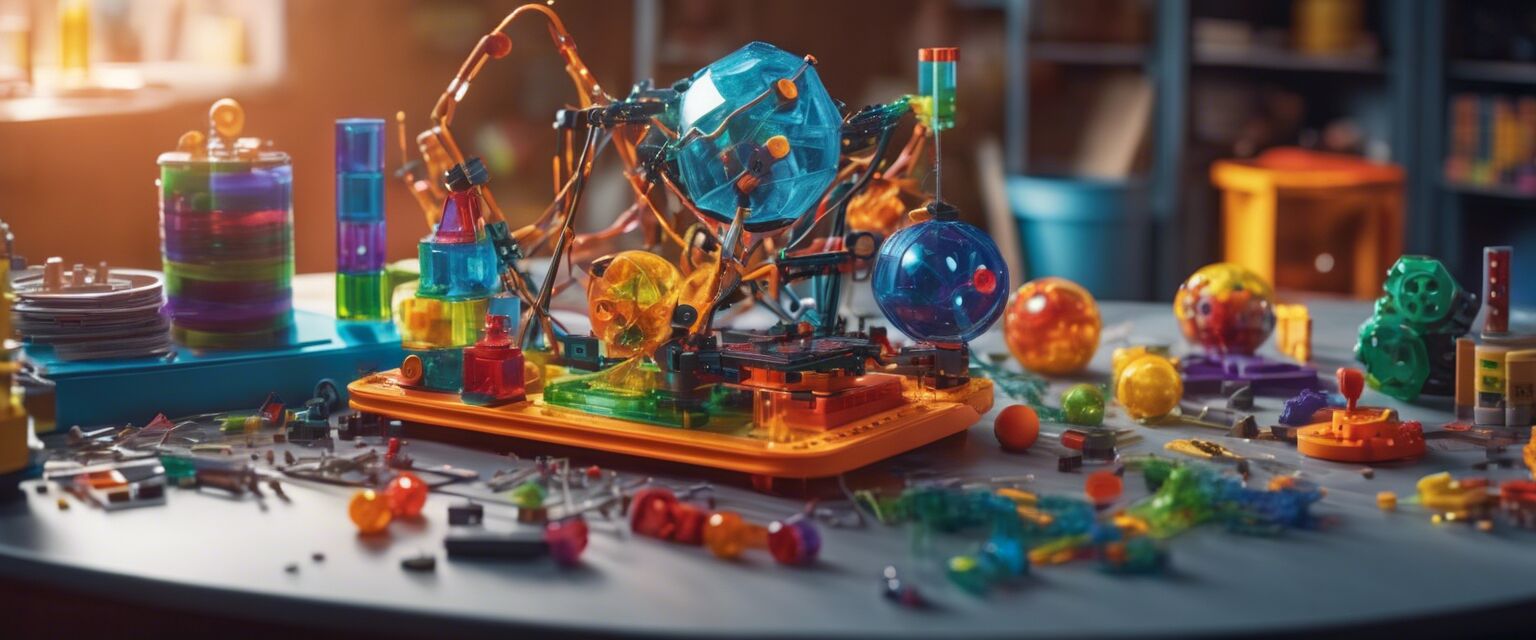
STEM for kids
STEM education is essential for developing problem-solving skills and creativity in children. This article will explore various resources available for introducing kids to science, technology, engineering, and math concepts.
Key Takeaways
- STEM promotes critical thinking and creativity.
- Hands-on activities enhance learning and engagement.
- Resources range from toys to books and technology.
- Collaboration and teamwork are crucial in STEM projects.
Understanding STEM education
STEM stands for Science, Technology, Engineering, and Mathematics. These subjects are integrated to provide a comprehensive learning experience that prepares children for future challenges.
Why is STEM important?
In today's technology-driven world, STEM education is more important than ever. It fosters essential skills such as:
- Analytical thinking
- Problem-solving
- Collaboration
- Communication
Types of STEM resources
There are numerous resources available for parents and educators to introduce STEM concepts to kids. Below is a categorized list of popular resources:
| Resource Type | Description | Examples |
|---|---|---|
| Books | Books that introduce STEM concepts in a fun and engaging way. | Children's STEM books, science experiment books |
| Toys | Interactive toys that promote STEM learning through play. | STEM building sets, robotics kits |
| Games | Games that challenge kids' thinking and problem-solving skills. | Math and science games |
| Technology | Apps and tools that facilitate learning through technology. | Coding apps, virtual labs |
| Outdoor Gear | Equipment for outdoor experiments and exploration. | Nature kits, telescopes |
STEM activities for kids
Engaging kids in hands-on STEM activities is a great way to reinforce learning. Here are some fun activities to consider:
- Build a bridge: Use everyday materials to construct a bridge that can hold weight.
- Science experiments: Conduct simple experiments like vinegar and baking soda volcanoes.
- Programming games: Use coding games to teach kids the basics of programming.
- Outdoor scavenger hunt: Encourage exploration of nature and the scientific method.
- Math challenges: Create math puzzles and challenges to solve together.
Choosing the right STEM resources
Selecting the right resources for your child can make a significant difference in their learning experience. Here are some tips to help you:
Tips for beginners
- Start with your childâs interests: Choose resources that align with what they enjoy.
- Encourage exploration: Let them experiment and discover on their own.
- Incorporate teamwork: Many STEM activities are more enjoyable when done together.
- Make learning fun: Use games and playful approaches to maintain engagement.
Pros and cons of STEM education
Pros
- Fosters critical thinking and problem-solving skills.
- Encourages creativity and innovation.
- Prepares children for future careers in demand.
- Promotes collaboration and teamwork.
Cons
- Can require more resources than traditional education.
- Some activities may need adult supervision.
- Not all children may initially find STEM subjects engaging.
Conclusion
STEM education is a crucial aspect of preparing children for the future. By utilizing a variety of resources, engaging in hands-on activities, and encouraging exploration, parents and educators can foster a love for learning in science, technology, engineering, and mathematics. For more information on educational resources for kids, check out our other categories like Art and Craft Supplies or Musical Instruments for Kids.
